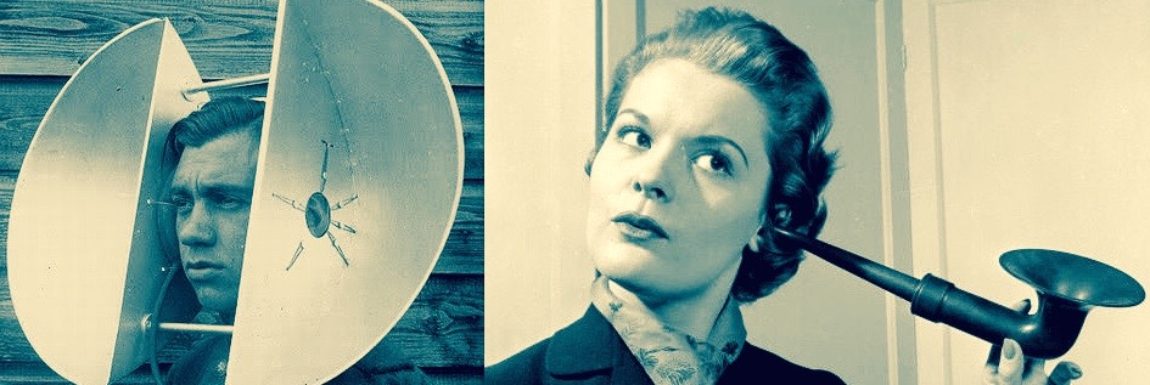A breakthrough study represents an exciting milestone in the development of treatment for sensorineural hearing loss.
Zheng-Yi Chen and his team at Mass Eye and Ear in Boston have successfully regenerated the inner ear sensory hair cells in adult mice using a cocktail of small molecules. It’s a significant achievement because it’s the first time hair cells have been regenerated in mature mice, and it opens a promising pathway to developing a similar treatment for people.
Damaged or dead hair cells in the cochlea are the leading cause of hearing loss. These tiny sensory cells translate the vibrations of sound into electrical signals that are sent to the brain. We are born with some 16,000 of them in each ear and that’s all we get. As they die off, due primarily to aging or noise exposure, our hearing fades.
The key to restoring lost hearing is to regenerate those lost hair cells and that is Dr. Chen’s mission.
Mature mice, like humans, can’t replace lost hair cells.
“What we have done is to demonstrate for the first time that we can regenerate hair cells in mature mice with a cocktail of drug-like molecules and that’s why we are really excited.”
Dr. Chen and his team focused on activating two genes called Myc and Notch that lie dormant in the cochlea. While it is straightforward to activate Notch with a drug, the activation of Myc is challenging as it’s suppressed by two other genes that act as brakes.
“To turn on Myc gene, we had to remove the brakes. We did this by using a small nucleotide approach called siRNAs, which in turn activate Myc.”
Dr. Chen is quick to point out that there is a long way to go before we can expect to see if that trick will work on humans.
“The first step is to find a way to deliver the drug cocktail without damaging the ear. The second thing is to figure out the optimal dosage and test it on larger animals such as pigs. If we achieve both those goals, then we can move toward human clinical trials.”
“People often ask me how long it is going to take to treat hearing loss in patients. I really cannot answer that question. In fact, nobody can. What I can say is that we are working hard on this problem. Secondly, I can say that the pace of progress is getting faster and faster. I am optimistic we can achieve our number one goal of delivering a new treatment to patients.”
It is a complex challenge that requires not only the skills of Dr. Chen and his team but also, of course, it requires funding support. If you would like to support Dr. Chen’s work consider making a donation at Donate Mass Eye & Ear


Welcome to the long line of successful laboratory hair cells regeneration strategies Dr Chen. The number of companies who have shown similar results with other strategies include Frequency Therapeutics, Otonomy and Decibel Therapeutics to name few. All have failed during clinical human trials.
SNHL is a long term transformation for most people and unlike sudden damage most likely results in broad systemic atrophy (SGN, auditory nerve, auditory cortex function). “Fixing” one part and not any other part may be at the root of these failures. Absent the ability to view or measure whether the intended treatment accomplished the desired goal (ie hair regeneration) I don’t know how this research can progress other than trial and error.
John’s right, there’s no logic to any of the “science” of restorative medicine, so we should just use the power of random interventions and hope that something with no rational mechanism of action works for something somewhere. Besides, everyone’s just going to die anyway, so why bother doing anything at all.